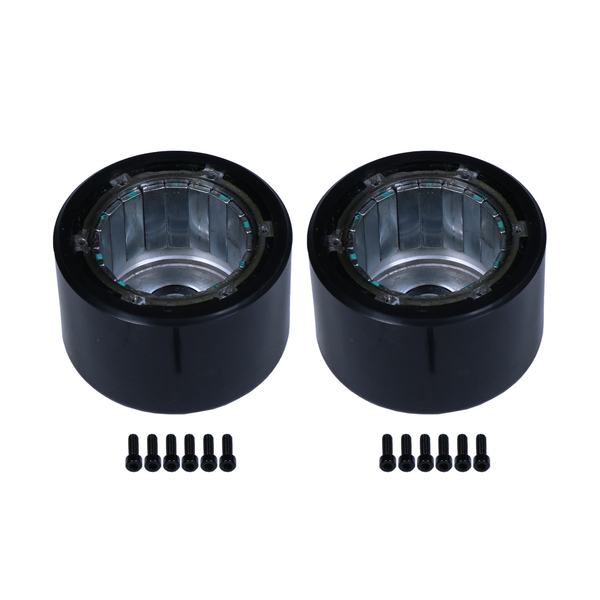When it comes to electric skateboards, the electric skateboard motor plays a pivotal role in determining performance, speed, and overall riding experience. With various types of motors available, understanding their differences can help you make an informed decision. This article will delve into the types of electric skateboard motors, their characteristics, and how to choose the right one for your needs.

Types of Electric Skateboard Motors
There are primarily two types of electric skateboard motors: hub motors and belt-driven motors. Each type has its unique advantages and disadvantages.
- Hub Motors: These motors are integrated into the wheels of the skateboard. They offer a clean and minimalist design, making them popular among urban riders. Hub motors are generally quieter and require less maintenance. However, they may not provide as much torque as belt-driven motors.
- Belt-Driven Motors: This type of motor uses a belt system to transfer power from the motor to the wheels. Belt-driven motors are known for their high torque and acceleration, making them ideal for off-road and hilly terrains. However, they can be noisier and require more maintenance due to the wear and tear of the belts.
Performance Factors of Electric Skateboard Motors
When evaluating an electric skateboard motor, consider the following performance factors:
- Power Output: Measured in watts, the power output of a motor directly affects speed and acceleration. Higher wattage typically means better performance.
- Torque: This is crucial for climbing hills and accelerating quickly. Belt-driven motors usually excel in torque compared to hub motors.
- Efficiency: An efficient motor will provide longer battery life, allowing for extended rides without frequent recharging.
Choosing the Right Electric Skateboard Motor for You
Choosing the right electric skateboard motor depends on your riding style and preferences. If you are a commuter looking for a quiet and low-maintenance option, hub motors may be the best choice. Conversely, if you enjoy off-road riding or need to tackle steep hills, a belt-driven motor would likely suit your needs better.
Additionally, consider the weight of the skateboard and your own weight, as these factors can influence the overall performance of the motor. Always ensure that the motor you choose is compatible with your skateboard's design and specifications.
Conclusion
In summary, understanding the different types of electric skateboard motors is essential for making an informed purchase. Whether you opt for a hub motor or a belt-driven motor, each has its unique benefits tailored to specific riding styles. For more information on various motors available, visit . By considering your needs and preferences, you can find the perfect motor that enhances your riding experience.








